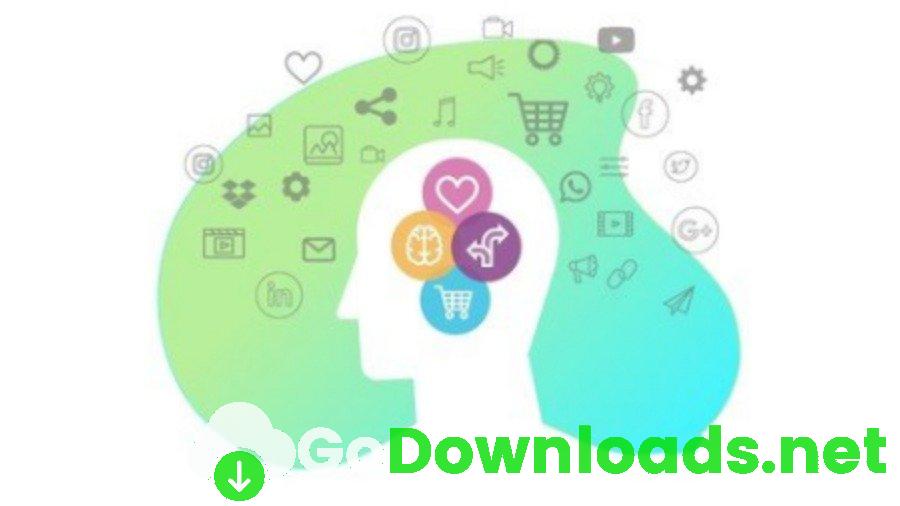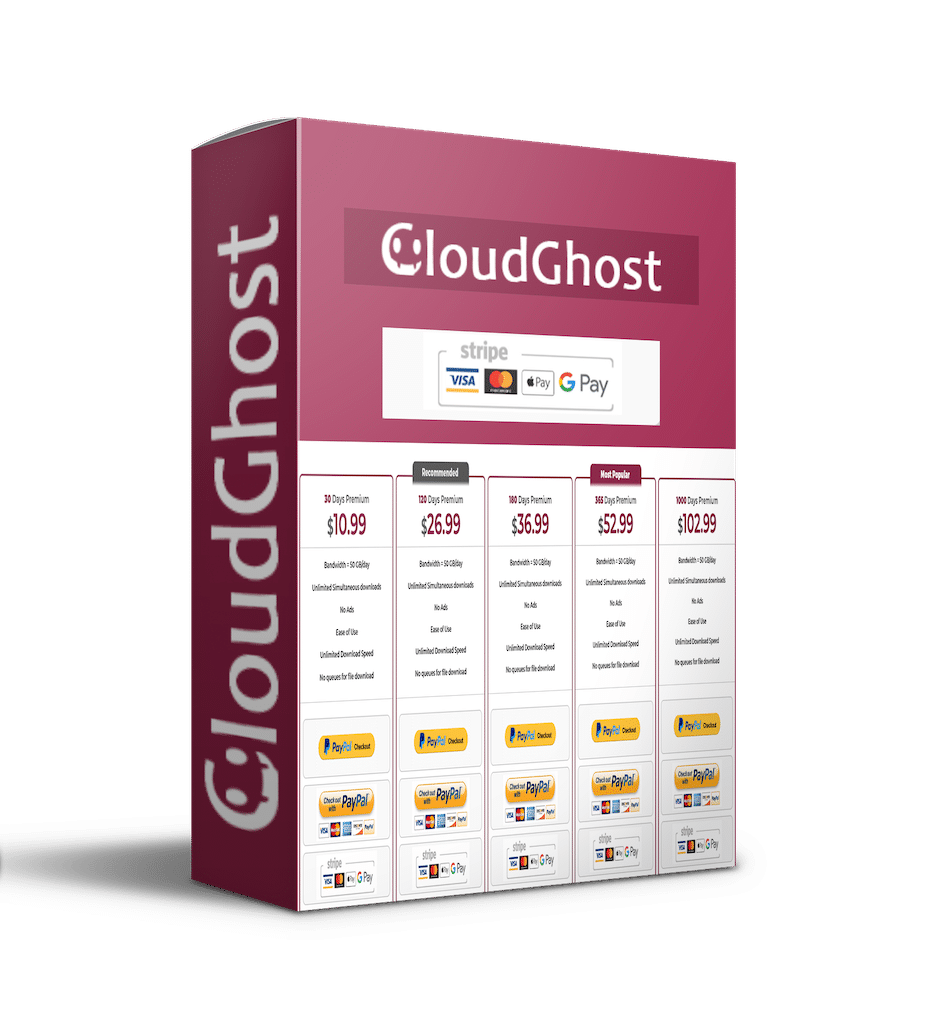Cool
Using Consumer Psychological Biases To Increase Sales Free Download

Last updated 11/2022MP4 | Video: h264, 1280×720 | Audio: AAC, 44.1 KHzLanguage: English | Size: 710.85 MB | Duration: 1h 53m
Using Behavioral Economics practices in your marketing campaigns to accelerate conversion
What you’ll learn
Define the foundational concepts of Behavioral Economics
Identify the different biases that you can leverage to target your prospects and customers
Improve your conversions
Examine the various acad studies, which have proven how different biases influence our decisions
Explore various strats for leveraging the biases in your marketing campaigns
Requirements
No
Description
Whether you are a marketer or a business owner/entrepreneur, your aim is to sell your products or services to your prospects:With clear messages about how their product is better than competition, andBy educating their prospects the benefits of using their products or services.With each entrepreneur or marketer trying to do this in a competitive landscape, grabbing the attention of your prospects can be challeg. To do so, most marketers deploy strats based on traditional marketing or economics. Most of these strats discount the emotional or psychological aspect of decision making. This is the gap that Behavioral Economics aims to fill. Adopting strats based on Behavioral Economics will enable you to leverage the various biases, which we humans trigger when we make decisions. So, we’ve designed this course to introduce you to the foundational concepts of Behavioral Economics and various biases. We will also explore the various acad studies, which have proven how different biases influence our decisions. In addition, in this course, we will explore various strats for leveraging the biases in your marketing campaigns. The course also shares practical and well-tested strats that you can implement across Business-to-Business (B2B) and Business-to-Consumer (B2C) domains. So, start your journey of improving the conversions in your marketing campaigns by enrolling and taking the course Using Consumer Psychological Biases to Increase Sales.
Overview
Section 1: Overview of the Need for using Behavioral Economics in Marketing
Lecture 1 Overview of the Need for using Behavioral Economics in Marketing
Section 2: The Framing Effect
Lecture 2 The Framing Effect
Section 3: Differences between Traditional Economics/Marketing and Behavioral Economics
Lecture 3 Differences between Traditional Economics/Marketing and Behavioral Economics
Section 4: Systems of Thinking
Lecture 4 Systems of Thinking
Section 5: Loss Aversion
Lecture 5 Loss Aversion
Section 6: The Anchoring Bias
Lecture 6 The Anchoring Bias
Section 7: The Bandwagon Bias
Lecture 7 The Bandwagon Bias
Section 8: The Choice Overload Bias
Lecture 8 The Choice Overload Bias
Section 9: The Mere Exposure Effect or the Familiarity Principle
Lecture 9 The Mere Exposure Effect or the Familiarity Principle
Section 10: The Endowment Bias
Lecture 10 The Endowment Bias
Section 11: The Sunk Cost Bias
Lecture 11 The Sunk Cost Bias
Section 12: The Status Quo Bias
Lecture 12 The Status Quo Bias
Section 13: The Ikea Effect
Lecture 13 The Ikea Effect
Section 14: The Halo Effect
Lecture 14 The Halo Effect
Section 15: The Serial Position Effect
Lecture 15 The Serial Position Effect
Section 16: The Optimism Bias
Lecture 16 The Optimism Bias
Section 17: Nudging
Lecture 17 Nudging
Section 18: Course Summary: Key Takeaways
Lecture 18 Course Summary: Key Takeaways
Entrepreneurs and Aspiring Entrepreneurs,Marketers,Fresh Management Graduates,Anyone who wants to implement Behavioral Economics-driven biases to drive sales and marketing campaigns




